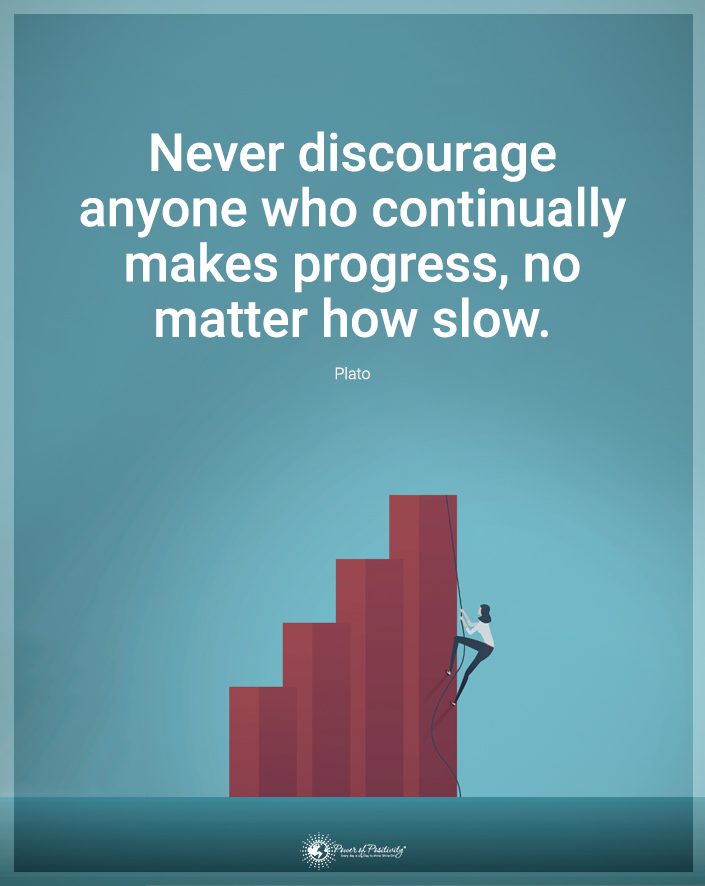You have heard that if you walk 10000 steps, you can achieve better health. It’s not a manageable number to reach. Many people drive to work then sit all day. After work, you do errands, pick up the kids, or drop off the dog at the groomer. Too bad time spent in the car doesn’t count as steps. Researchers tell you the main thing is to keep moving. If you’re trying to reach 10,000 steps to lose weight, go for it. It’s a worthwhile goal and one with many benefits. Here is what science says happens to your body when you walk 10,000 steps daily.
Could the advice to walk 10000 steps be a marketing ploy?
No one knows where the idea of walking 10000 steps came from. Some suggest that a Japanese company called Yamasa started a campaign for their newly created step-tracker to launch the 1964 Olympics. The step tracker’s name, Manpo-Kei, is translated as 10000 steps in English. During 2005-06, another group of researchers conducted a study where the participants reached 10,000 steps daily. The results reported the participants were in better health and had a greater sense of well-being. Wherever the idea of walking this many steps came from, it’s a popular trend today.
The more steps a day, the better your health!
There’s a connection between physical activity and health. A study conducted by Jama Internal Medicine researched older women. They tracked the participants’ actions, especially the time spent walking. They wanted to answer the question: do more steps result in fewer deaths?

The key findings were:
- More sedentary women averaged only 2,700 steps a day.
- Women who averaged 4,400 daily steps had a 41% reduction in death.
- Mortality rates improved when participants took at least 7,500 steps per day.
- There were about nine fewer deaths in every 1,000 women in the most active groups compared with those with fewer steps.
- Walking does not need to be vigorous to be beneficial.
So, according to this study, get at least 7,5000 steps if you want to live longer. Of course, you can always aim for a higher number of walks to lose weight or get more exercise.
Walk 10000 steps for a longer life.
The World Health Organization says that as many as five million deaths are preventable annually if people get more active. People of all ages can stay physically active. The guidelines recommend at least 150 to 300 minutes of moderate to dynamic weekly exercise for every adult. Kids should get at least sixty minutes of exercise per week.
So, walk up to 10,000 steps for improved health. It is a great way to get healthier. But even if you walk thirty minutes a day, it can help you achieve these outcomes:
- Lose weight
- Improve your muscle mass and strength
- Reduce your chances of heart disease
- Help manage or reduce your risk of type 2 diabetes
- Prevent osteoporosis
- Reduce your chances of cancer
- Improves your memory
- Boosts your brain function
- Reduces your depression and anxiety
- Add years to your life
- Trim inches off your body
Doctors advise that if you walk at a moderate pace, it takes you approximately a hundred minutes to reach 10000 steps. Walking faster, you get to 10000 steps in 77 minutes.
How to increase your steps and keep it interesting

When you begin walking, your body adapts pretty quickly to physical activity. So, over time, increase the intensity and length of time you walk. It’s easy to increase the power of your walk simply by doing these things:
- Take on some hills
- Carry hand weights with you when you walk
- Increase your stride and speed
- Increase your distance
- Aim for at least ten minutes three times a day and build up the length and distance you progress. If you want to lose weight, increase the amount of time you walk. Over time, this activity will become a daily lifestyle. You can build walking into your daily life routine by:
- Take the stairs at work or when you’re out shopping.
- Get off the bus at least one stop sooner and walk to work or home.
- Walk to a local store.
- If you don’t have one, walk your dog or your neighbor’s dog.
- Walking is free. You don’t need a gym membership or buy expensive exercise equipment. Unlike some other types of exercise, It doesn’t require special equipment or training. Rack up steps anytime of the day and at your own pace. Walking is a great start if you haven’t exercised in a long time. You can keep the pace you want. As you gain strength and stamina, increase your speed.
Walk 10000 steps with others.
- Walking with others creates more social opportunities. It helps you keep a routine of exercise, and it’s fun. Researchers found that communities without understanding the importance of walking were less motivated to participate. Overall, women average less than 5,000 steps a day. If you want to walk more, get involved with other walkers.
- Schedule a family walk: Every week, schedule a time for your family to get together to take a walk. Go to a park and walk along a path or a lake. It’s a great way to spend time with others and improve your health.
- Ask your neighbors or friends to walk with you a couple of days a week. Start a walking group of two or three neighbors. You can learn more about one another and stay in shape.
- Take your young kids for a walk: Of course, walking 10000 steps each day with young children may be slow–if not impossible. Still, it’s an excellent chance for them to learn the value of walking. Point out trees, animals, or birds along the way. It’s a great way to make memories and inspire future generations to enjoy walking.
How to improve your walking technique
Of course, you know how to walk, but you might need to improve your technique for the most substantial health benefits. Here are some suggestions to improve your technique:
- Keep your head up, and look forward as you move instead of looking at the ground.
- Relax your shoulders, neck, and back. Don’t walk in an upright, stiff position.
- Swing your arms naturally. Bend your elbows a little. You can pump your arms if you want to get your heart pumping.
- Your stomach muscles should be taut, and your back straight. Don’t arch backward or forward.
- Walk with a smooth gait. It would be best if you did a heel-to-toe movement.
Other tips to improve your walking routine:
If you don’t schedule times to walk 10000 steps, there is a good chance you won’t do it. Try to keep a routine every day. Before you know it, you’ll be automatically following your routine. Be sure to take these measures:
- Get good athletic shoes with arch support, thick, flexible soles, and a firm heel. Don’t skimp on good shoes. Cheap shoes hurt your feet and cause problems later in life, such as bunions or corns on your toes.
- Wear comfortable clothing: Wear comfortable-fitting clothing. Layer your clothes when it’s cold out. Wear bright colors or reflective tape if you walk in wooded areas.
- Don’t forget the sunscreen: Put on sunscreen every day. Include a hat and sunglasses when the sun is bright.
- Wear a step-tracker: Wear a step tracker or keep count of your steps on your Apple watch. It’s a great way to reach your daily goals. Many trackers also track your calories, distance, and heart rate.
- Avoid obstacles: Skip paths with low-hanging limbs, standing water, or cracked sidewalks. It slows you down and could cause injury with one misstep.
- Walk in a mall: If you live in a frigid climate during the winter. You can stroll inside a shopping mall. These malls usually open early to allow walkers to get exercise.
- Warm-up and cool down: Even if you’re walking briefly. Allow your muscles some time to warm up and cool down. This helps avoid injuries. Once you’re injured, you end up sitting on the couch. Being sidelined with an injury causes you to gain weight and feel discouraged.
- Stretch: Although this activity isn’t as physical as aerobic exercises, stretching before and afterward is still a good idea. Try gentle stretches to relieve your muscles and prevent injury.
Final thoughts on the changes you’ll see in your body when you walk 10,000 steps daily.
Most people know that walking 10,000 steps is a helpful way to lose weight and stay in shape. Getting that many steps each day is easier said than done. Sadly, most adults in the United States are sedentary. Aspiring to 10,000 steps a day is a worthwhile goal. Walking as exercise helps you trim down, improves your brain function, and lowers your risk of heart problems and type 2 diabetes. People who walk to lose weight keep the weight off. Now may be the time to start if you haven’t exercised recently. You’ll be surprised how much better you feel and enjoy life.

















